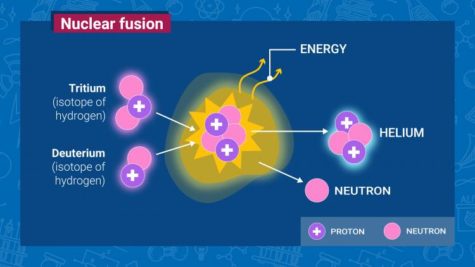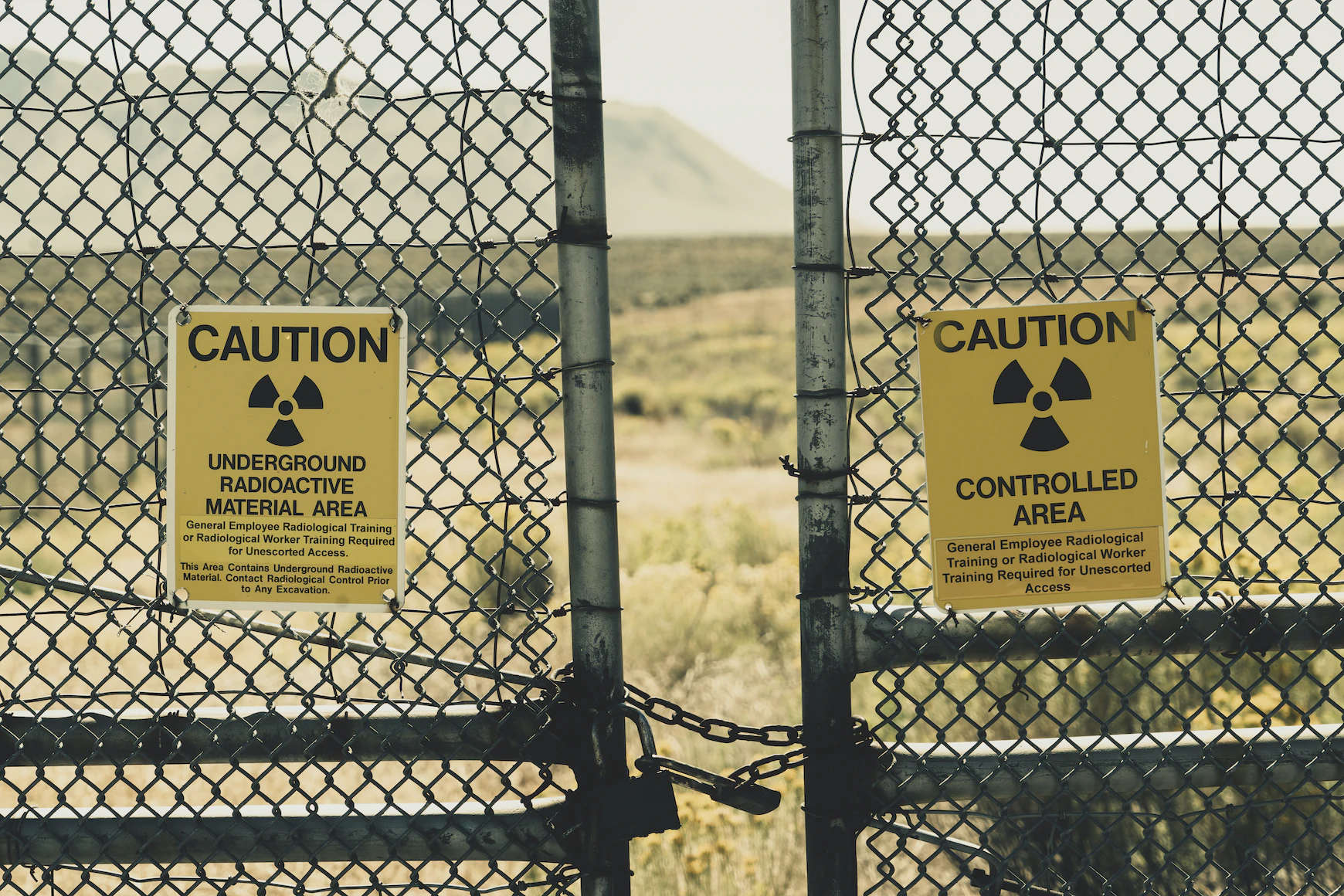A Leap Into the Future With Recent Breakthroughs in Nuclear Fusion
With this recent accomplishment, we can finally take a look into a path for sustaining energy that doesn’t emit harmful greenhouse gasses.
Nuclear fusion, unlike many nuclear processes today, does not produce any toxic radioactive byproducts or long-term nuclear waste.
Scientists at the National Ignition Facility at the Lawrence Livermore National Laboratory in California have been able to successfully produce a nuclear fusion reaction as of December 2022. This reaction causes a net gain in energy released, inching humanity closer to the possibility of using clean nuclear power to produce and consume energy.
In a nuclear fusion reaction, atomic nuclei of multiple atoms get heated to form one or more atomic nuclei, releasing energy in the process.
The process occurs due to the strong nuclear force that binds the protons and neutrons within atomic nuclei. However, atomic nuclei are positively charged, so they repel each other due to the electrostatic force. To overcome this repulsion, nuclear fusion requires incredibly high temperatures and pressures.
When two atomic nuclei collide with sufficient energy and momentum, they come close enough for the strong nuclear force to take over and bind them together, forming a heavier nucleus. The energy released in the process is due to the difference in mass between the original nuclei and the resulting nucleus. The lost mass is converted into energy according to Einstein’s famous equation, E = mc², where E is the energy released, m is the mass lost, and c is the speed of light.
This is vastly significant as people have been trying to achieve nuclear fusion for over 60 years. Previously only seen occurring in stars, humans have essentially been able to produce sun-like conditions, in a lab on Earth.
In the case of fusion between deuterium and tritium, the most promising fusion reaction for practical applications, the two nuclei combine to form helium and a high-energy neutron. This neutron carries the majority of the energy released in the reaction, and this energy can be used to heat water and produce steam, which can drive turbines to produce electricity. The helium produced in the reaction is not radioactive and harmless, making nuclear fusion a clean, sustainable, and safe source of energy.

(Used by permission of IAEA)
In December 2022, scientists at the Lawrence Livermore National Laboratory (LLNL) made a significant breakthrough in nuclear fusion research, demonstrating an experimental fusion power output that exceeded the energy used to ignite the reaction. The team used a high-powered laser to heat and compress a small capsule containing hydrogen fuel, causing the hydrogen atoms to fuse and release energy. This breakthrough marks a critical step towards achieving clean nuclear fusion energy, which could provide a near-limitless source of energy for the world.
The LLNL team’s achievement is particularly important given that it demonstrates the feasibility of a key approach to nuclear fusion called inertial confinement fusion. This approach involves using lasers to rapidly heat and compress fuel capsules to create conditions that are conducive to fusion. The LLNL researchers were able to achieve a fusion yield of 1.3 megajoules, which is more than 70% of the energy required to ignite the reaction. This result exceeded the previous record for inertial confinement fusion yield.
The implications of this breakthrough for the energy industry are momentous. Nuclear fusion has long been touted as a potential game-changer for the energy sector, as it has the potential to provide clean, safe, and virtually limitless energy. While the technology is still in its infancy, the LLNL breakthrough represents a significant milestone in the quest for commercially viable fusion power. If the technology can be scaled up and made economically viable, it could revolutionize the way we produce and consume energy, helping to reduce our reliance on fossil fuels and mitigate the impact of climate change.
In nuclear fusion, the ultimate goal is to generate more energy from the reaction than is used to initiate it, a concept known as “ignition.” Unfortunately, this is a notoriously difficult goal to achieve, and LLNL’s recent breakthrough fell short of this goal. While the LLNL team was able to generate more energy from the fusion reaction than any previous inertial confinement fusion experiment, they still required more energy to initiate the reaction than they are able to extract from it.
This breakthrough exhibited that significant progress is being made towards achieving commercially viable fusion power, and that nuclear fusion may eventually replace fossil fuels. While the technology is still in its early stages, the LLNL experiment provides an important proof-of-concept for inertial confinement fusion and sets the stage for further research and development in the field.
The LLNL nuclear fusion machine, known as the National Ignition Facility (NIF), uses a process called inertial confinement fusion (ICF) to generate nuclear fusion reactions. In ICF, a small capsule containing hydrogen fuel is placed at the center of a spherical chamber, which is lined with a coating of gold or another high-density material. The fuel is typically a mixture of deuterium and tritium, two isotopes of hydrogen.
The NIF uses a series of powerful lasers to rapidly heat and compress the hydrogen fuel capsule. The lasers are focused on the outer surface of the capsule, which creates a shockwave that travels inward and compresses the fuel to extremely high densities and temperatures. As the fuel is compressed, the hydrogen atoms are forced to come into close proximity to each other, which causes them to fuse together and release a large amount of energy in the form of light and heat.
The NIF is designed to create conditions similar to those found in the center of the sun, where nuclear fusion reactions occur naturally. The process is highly complex and requires precise control over the laser beams and the timing of the compression wave. Despite the challenges, the NIF has reached significant milestones in the field of nuclear fusion research, including demonstrating record-breaking fusion yields and advancing our understanding of the physics of fusion reactions.
With the inclusion of a diligent team striving to make a change in the world, we as humans have been at the forefront of change, and are able to see how this is affecting our world in real-time. As for how much time it will take to see these results manifest and watch as nuclear fusion is used as an everyday form of energy, it could take years or even decades. One thing we know for certain: this scientific discovery has brought us to the cusp of a new renewable energy source.
Scientists at the National Ignition Facility at the Lawrence Livermore National Laboratory in California have been able to successfully produce a nuclear fusion reaction as of December 2022. This reaction causes a net gain in energy released, inching humanity closer to the possibility of using clean nuclear power to produce and consume energy.
Stephan Chirinian is a Staff Reporter for ‘The Science Survey.’ He finds telling a truthful story very compelling when it comes to journalistic writing....











